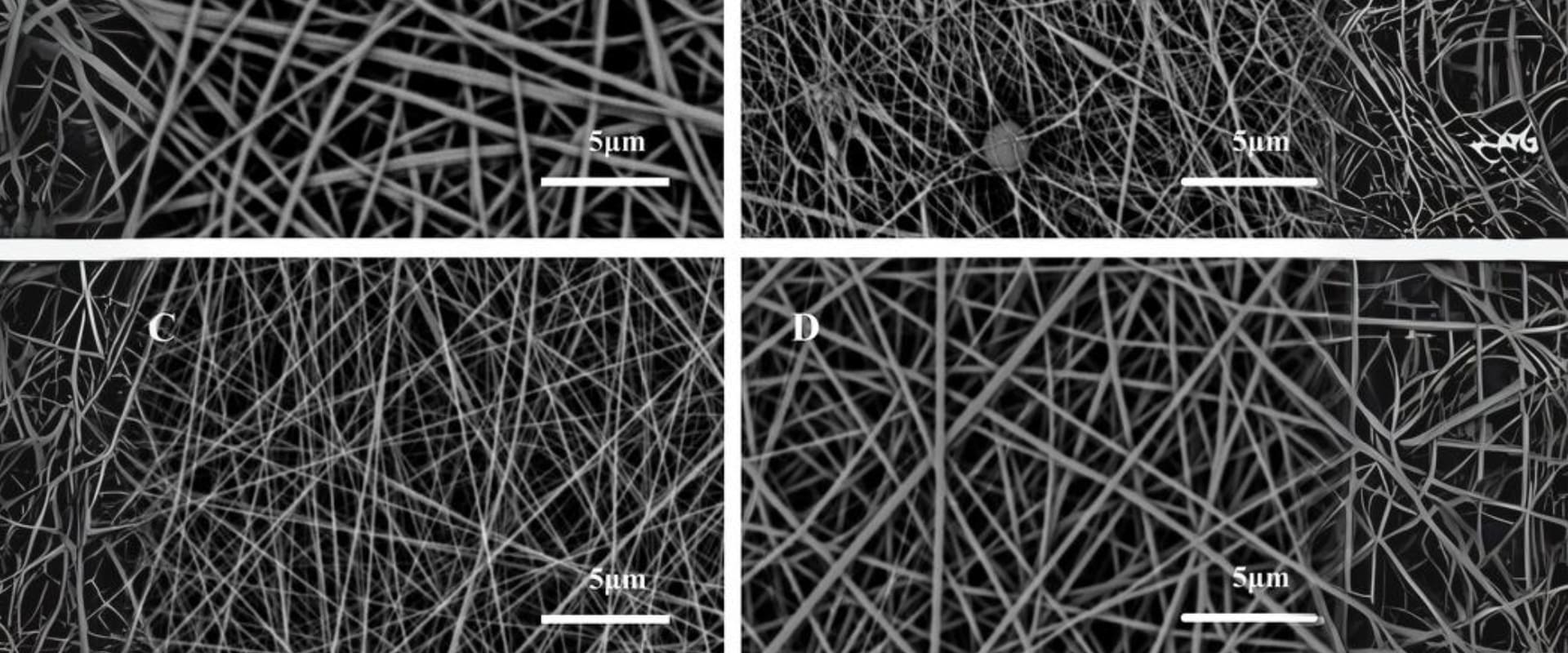Abstract
Recent advancements in water filtration focus on Electrospun Nanofibrous Membranes, particularly PAN membranes. Modified through physical coating and chemical grafting, these membranes efficiently remove bacteria, viruses, and heavy metal ions. Physical coating adds antibacterial or antiviral layers, while chemical grafting introduces specific functional groups for tailored characteristics. These innovations enable selective removal of nanoscale impurities, ensuring water quality meets standards. Electrospun Nanofibrous Membranes also exhibit proficiency in separating heavy metal ions, showcasing potential for revolutionizing water filtration processes for clean water access.
Blog
In the dynamic landscape of water filtration, recent strides in technology have propelled the development of advanced systems, with a specific emphasis on Electrospun Nanofibrous Membranes. This cutting-edge approach not only seeks to enhance the structural integrity of membranes but also emphasizes the augmentation of their surface functionality. Achieved through physical coating or chemical grafting pathways, these innovations introduce a diverse array of functional groups, thus tailoring the membrane's characteristics to meet specific filtration requirements.
Polyacrylonitrile (PAN) Nanofibrous (NF) membranes, a prominent player in this evolving field, undergo targeted modifications to elevate their capabilities. The focus is on enabling these membranes to effectively remove contaminants across a broad spectrum, including bacteria, viruses—typically in the tens of nanometers size range—and heavy metal ions. The synergy of material science and filtration technology is harnessed to address the multifaceted challenges posed by diverse waterborne impurities.
One avenue of enhancement involves the physical coating of Electrospun Nanofibrous Membranes. This technique introduces a supplementary layer onto the membrane's surface, strategically altering its properties. The added coating, often comprised of materials with inherent antibacterial or antiviral properties, contributes to the overall efficacy of the filtration process. By inhibiting the growth and passage of microorganisms, these membranes play a pivotal role in ensuring the delivery of safe and potable water.
Simultaneously, the adoption of chemical grafting pathways represents a sophisticated strategy to augment the functionality of Electrospun Nanofibrous Membranes. Through chemical modifications, specific functional groups are introduced onto the membrane's surface, imparting tailored characteristics. These modifications can include rendering the membrane hydrophilic, facilitating improved water permeability, or introducing reactive sites that enhance its affinity for specific contaminants. The versatility offered by chemical grafting allows for precise customization, aligning the membrane's properties with the targeted pollutants in the water.
The tailored modifications of PAN Nanofibrous Membranes address the pressing need for water filtration systems capable of handling a diverse range of contaminants. Bacteria and viruses, both of which fall within the nanometer size range, present a significant challenge in conventional filtration. The advanced functionality endowed through physical coating or chemical grafting empower these membranes to selectively capture and remove these minute impurities, ensuring the delivery of water that meets stringent quality standards.
Furthermore, the modified membranes exhibit a noteworthy proficiency in tackling heavy metal ions, a pervasive issue in water pollution. By leveraging the enhanced surface functionality achieved through these innovative approaches, Electrospun Nanofibrous Membranes can selectively adsorb and separate heavy metal ions, contributing to the overall remediation of water sources contaminated with these deleterious substances.
In conclusion, recent advances in water filtration technology, particularly in the realm of Electrospun Nanofibrous Membranes, underscore the commitment to creating efficient and versatile solutions. The strategic modification of PAN Nanofibrous Membranes through physical coating and chemical grafting pathways attests to the evolving landscape of water treatment. As these technologies continue to mature, they hold the promise of revolutionizing water filtration processes, ensuring access to clean and safe water resources across diverse contexts and geographical locations.



